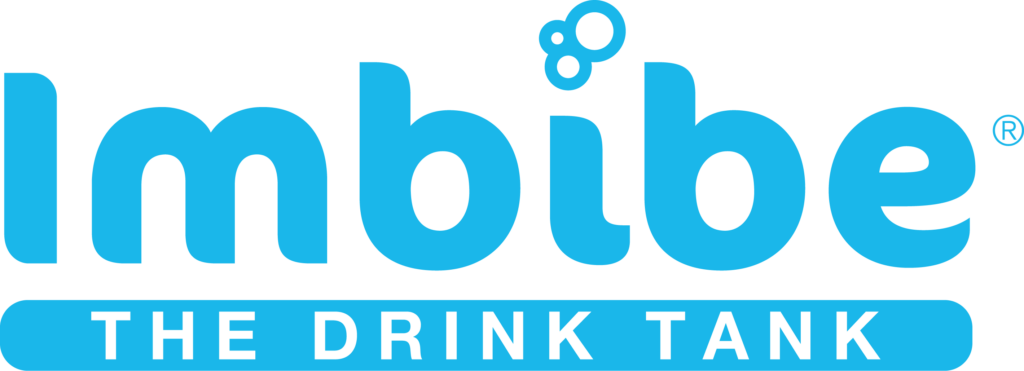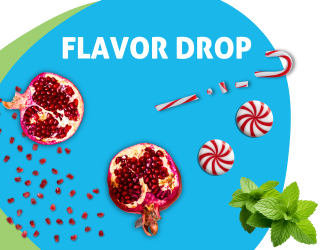Effect on Food & Beverage Innovation
High-Intensity Sweeteners
With the trend towards better-for-you products including the move to plant-based and low or no sugar, how will beverage and innovation be affected?
According to Manager of Regulatory Affairs at Imbibe, Guy Affolaby, “Though this proposal works for meals and snacks, it does not address all product types. With sugar-reduction top-of-mind for consumers, alternative sweeteners are proliferating across product categories, especially beverage. This is not specifically addressed in the draft guidelines. Will high intensity sweeteners be deemed healthy?”
The FDA states that the Dietary Guidelines do not consider high intensity (low and no-calorie) sweeteners added sugars, and they are not a factor in the proposed “healthy” rule. For this reason, it’s possible they could be deemed healthy. There are six artificial sweeteners that are FDA approved as food additives: saccharin, aspartame, acesulfame potassium (acesulfame-K, or Ace-K), sucralose, neotame, and advantame. Natural non-nutritive sweeteners that are Generally Recognized As Safe (GRAS) include monk fruit, stevia, allulose (a rare sugar), and sugar alcohols like erythritol, xylitol, and maltitol.
Innovation and Reformulation
The evolution of consumers’ demands and expectations necessitate brand innovation and sometimes reformulation is a part of the process. In addition to a potentially healthier society, the advantages of giving consumers what they want are numerous including improved brand recognition and value, competitiveness, and profitability. McKinsey & Company conducted an online survey of approximately 8,000 consumers in the United States, the United Kingdom, France, and Germany after the easing of pandemic restrictions and found that, “70 percent of the survey participants across the markets surveyed want to be healthier. Food is essential to achieving that goal, and about 50 percent of consumers, across age groups, say healthy eating is a top priority for them.”
A recent Forbes article noted that, “With little exception, food companies spend a paltry 1-2% of sales on R&D….It just needs to become a top priority”. Reformulation can be costly, but it is likely money well spent, as it’s an investment in a healthier society. Additionally, consumers may be willing to reach into their pocketbooks for the healthier options. According to the World Obesity Federation, the results of 26 experiments that were part of 15 studies found consumers were willing to pay more for healthier food products across a range of food retail environments. 23 of the 26 experiments found that consumers would pay between a 5.6% to 91.5% premium for healthier foods, especially for reduced fat and wholegrains with additional fruits and vegetables, while reduced salt or the combination of salt and sugar with low fat provided mixed results. Those with the objective to eat healthy, consumers living with obesity, females, and those over 60 years of age were more likely to pay a premium than younger consumers, those with healthy weight, and those with higher levels of education.
Label Effectiveness
In theory, food labeling helps consumers to make healthier choices that will improve their eating habits, yet research on the subject has mixed results. Outcomes will vary based on the health-consciousness of consumers and public education on how to read food labels. The Healthy label aims at a quick-glance understanding of some of the most important factors affecting chronic illness, which should make the decision process easier.
Interestingly, a case study based in Hungary by International Life Sciences Institute, ILSI Europe, has shown a considerable suboptimal response from consumers when tasting four identical cheeses labeled as “conventional”, “low salt”, “low fat” and “low salt and low fat”. The experiment revealed that the consumers’ poor sensory experience was linked to the idea that healthy equates to less appealing taste.
In a panel discussion at the 2022 IFT FIRST in Chicago, Mr. Lilienfeld, Executive Director at Sustainable Packaging Research, Information, and Networking Group, commented, “We did research that showed 95% of consumers said it was important to have the information, (but) only 5% actually used it,” he explained, “It did very little to change how consumers purchased products and what they purchased.”
Health, medicine, and life sciences media network, STAT, pooled 60 studies that tested food purchases with or without nutrition labels, which included 2 million observations of people and their purchases across 11 countries. They found that food labels did have some effect on consumer choice reducing calorie intake by 6.6%, total fat by 10.6%, and other “generally unhealthy” choices by 13%. Vegetable intake also increased by 13.5%. However, regarding the intake of total carbohydrates, protein, saturated fat, or sodium, there was little evidence that the labels had an effect. They also did not appear to influence consumption of fruits, whole grains, or other healthy options.
Ideally having a healthy front of package label should make an appropriate consumption of sugar, sodium, and saturated fat a no brainer, however it is yet to be seen how successful the healthy label will be once implemented.
Consumer Brands Association (CBA) Proposed an Alternative Framework
Consumer Brands Association (CBA), which is comprised of CPG manufacturers like The Coca-Cola Company, Keurig Dr Pepper, Kellogg’s, and General Mills, have voiced concerns and proposed an alternative, citing its contradiction to current Dietary Guidelines, exclusion of nutrient-rich foods, and restrictions on innovation. Nutrient dense products like whole-grain breads, breakfast bars, yogurts, cereals, canned fruits/vegetables, and salad kits will not have the opportunity to be labeled healthy under this revision according to Roberta Wagner, Vice President of Regulatory and Technical Affairs at CBA. Wagner expressed, “The FDA has a real opportunity to leverage the innovation companies have put into reformulating and renovating their packaged products to create convenient, affordable, and accessible healthier options by establishing a flexible regulatory framework that ultimately allows consumers to gravitate toward those items and decide for themselves which products to purchase.”
How can Imbibe help?
Whether or not industry feedback informs changes to the healthy proposal before finalization, we expect to see an increase in reformulations and updated nutritional parameters as the conversation around healthy labeling remains on the forefront. We commonly develop fortified products with the inclusion of ever-popular ingredients like animal and plant-based protein, collagen, caffeine, fiber, etc. and provide support for designing low and no sugar formulations. According to Andy Dratt, Chief Commercial Officer at Imbibe, “Sugar does a lot more than sweeten in products,” he said. “There are a lot of uses for sugar that make it difficult to replace.” At the same time, there is “nothing that exactly mimics sugar on a sweetener perspective.” This is an area that Imbibe can offer tremendous support. Our flavors, taste modulation ingredients, and sweetener systems allow us to successfully address these challenges for the best outcome. Our regulatory team is well versed in the status of this conversation and will be part of the team to support reformulation or the new development of modern and healthier products, based on the approach your brand deems best to prepare for whatever new guidelines the FDA comes up with.
Contact us through our website or email marketing@imbibeinc.com to continue the conversation and see how Imbibe’s R&D and Regulatory departments can fortify your portfolio.



